You chose Oregon as your vacation spot. Specifically, you picked Depoe Bay. You were so sure there were plenty of things to do in Depoe Bay, so you impulsively went with your gut and headed there.
But then, you found yourself out of ideas. It could be because traveling had been tiring. You may also be suffering from a mental block with all the stress you had to deal with before you got to Oregon. Alternatively, you may just be panicking for driving to Depoe on impulse.
Whatever the case, Pastime Fishing Charters has you covered. We have 6 things for you to do in Depoe Bay. After all, it’s the Whale Watching Capital of Oregon and it houses marvelous parks, breathtaking outcroppings, and scenic views.
Whale Watching
Your visit to Depoe Bay isn’t complete if you didn’t watch the whales there. Oregon is home to six whale species: gray, blue, killer, minke, humpback, and sperm. The best time to see them is from March to December, and the best spots are the Whale Watching Center, the shores itself, or on a charter boat.
The gray whales are the most prevalent type in Depoe Bay. They’re 50 feet long and 80,000 pounds heavy, so they’ll be quite a sight to see. Meanwhile, minke whales are the smallest at 35 feet tall and 20,000 pounds, and people sometimes mistake them for gray whales.
On the other hand, blue whales can be spotted at least 10 miles from shore as they showcase a whopping 98-foot body that weighs 300,000 pounds. Humpback whales come next at at least 15 miles from shore. They usually grow up to 60 feet and 50-80,000 pounds.
If you’re lucky, you may also spot sperm whales within Depoe Bay. They’re usually around from March to November and found during offshore trips. They can weigh 80,000 pounds and be as tall as 60 feet.
During the whales’ peak migration season, you can see an average of 30 whales per hour. Often, they’ll be in an ordered formation that consists of pregnant whales, adult males, and juveniles. Whale mothers with calves usually pair up and travel slower.
Fishing
Oregon is known for its coast, so it’s not a surprise that fishing is one of the things you can do in Depoe Bay. This is the best fishing spot for any angler wishing for a laidback, less crowded trip.
The common sea creatures occupying the bay are crab, halibut, lingcod, rainbow trout, Chinook salmon, Coho salmon, sturgeon, and rockfish. For best results, it’s wise to hire a fishing charter to assist in your fishing adventure.
Hiking
Fogarty Creek State Recreation Area is one of Oregon’s finest hiking places. It also houses plenty of birds, so it’s the perfect place to sit in and have a picnic on or simply watch the birds in.
Fogarty’s hiking trail starts at the north trailhead road and ends in Fishing Rock. It’s a simple loop with spur that goes on for about 2.8 miles. Hence, it’s great for families looking for activities in Depoe Bay.
After hiking, you can also sit for a picnic or do some birdwatching. Fogarty has wind-sheltered picnic spots as well as awesome bird-watching spots.
Sightseeing
Cape Foulweather boasts a marvelous panoramic view by a cliff. It’s located near Devil’s Cauldron and the Yaquina Head Lighthouse, both of which are wondrous places to sightsee as well.
The most well-known spot within Cape Foulweather is The Lookout, which is a gift shop with large glass windows that allow you to get a scenic view of the area. Besides being an amazing souvenir shop with interesting items, The Lookout also holds a historical significance.
Sightseeing in Cape Foulweather in Depoe Bay will suit you well if you’re in love with beauty and history. Here, you’ll get the best of both worlds: perfect sceneries of the now tinged with remnants of the past.
Birdwatching
Boiler Bay State Scenic Viewpoint is not only a great area to whale watch but also to birdwatch. Here, you’ll witness shearwaters, albatrosses, pelicans, oystercatchers, jaegers, grebes, loons, and murrelets pass by.
If you’re lucky and the tide is low, you’ll also catch a glimpse of the famous J. Marhoffer ship’s boiler, which sank during an explosion.
Strolling
Whale, Sea Life, & Shark Museum is a peaceful, wondrous, and educational place to stroll in. Of course, since Depoe Bay is known for its whales, the museum features whales alongside a couple of other sea creatures.
Whale museum holds the title as the only museum in the world that has gray whales as its focus. However, it also boasts rooms such as whale, porpoise, dolphin, shark, sea lion, seal, shorebird, and tropical ocean.
If you want to learn new things or appreciate whales more, this museum is your paradise.
Other things to do in Depoe Bay, Oregon
Other things to do in Depoe Bay include learning how to prepare fresh Oregon Dungeness crabs, filleting an Oregon king salmon, and trolling for lingcod. With the sea on your side, granting you great views and even giving you activities to do, you won’t run out of things to do in Depoe Bay.
If you have any questions or need any help, feel free to contact Pastime Fishing. We’ll be more than happy to assist you with anything you need, especially if it involves charters and fishing.


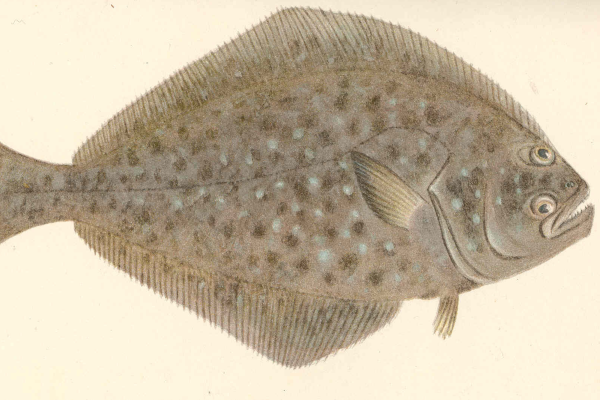

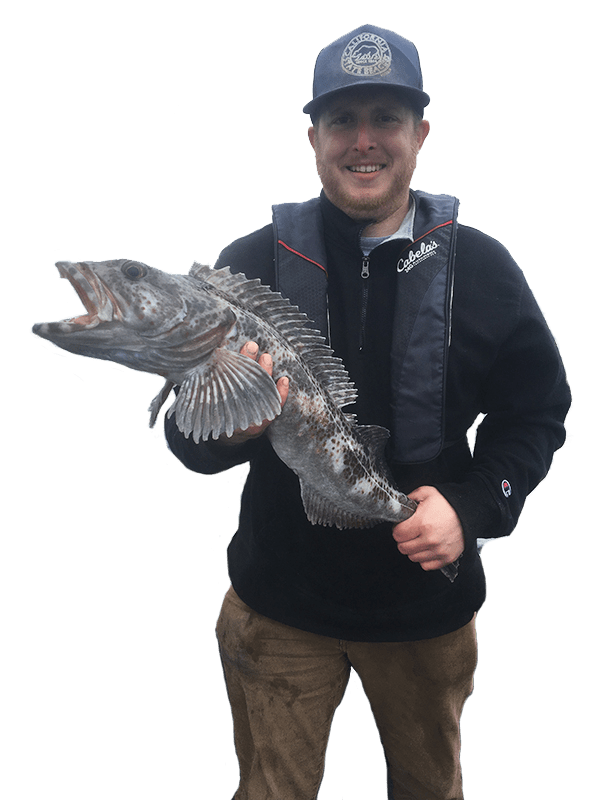

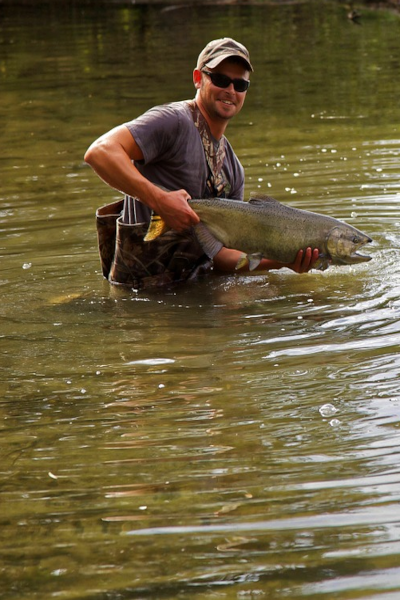
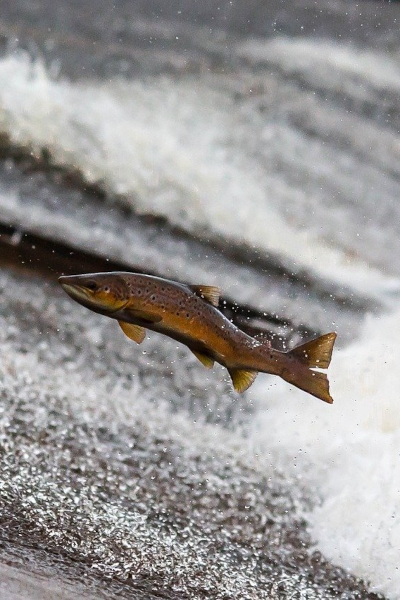
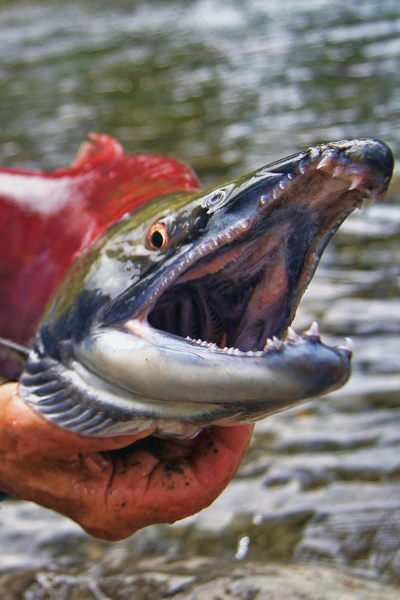
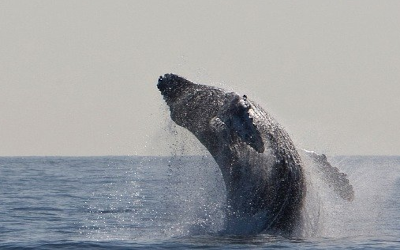
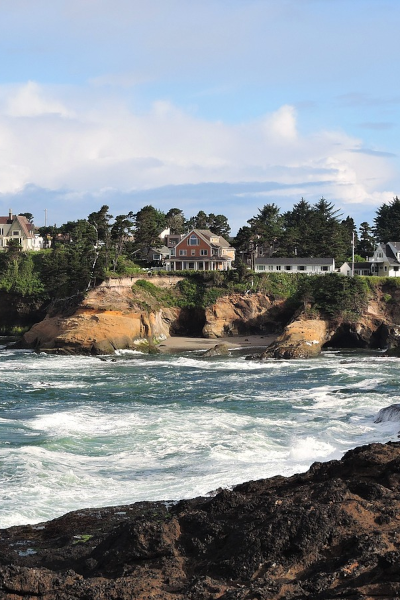
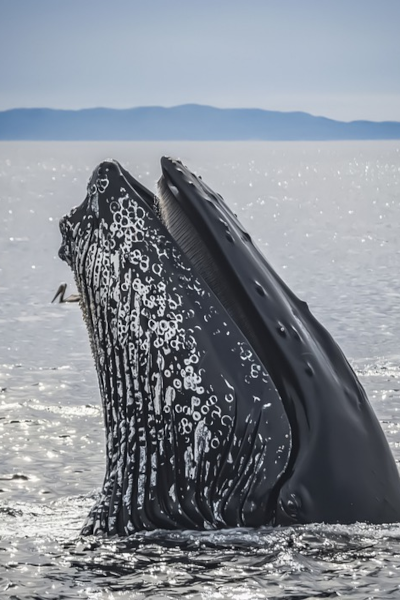
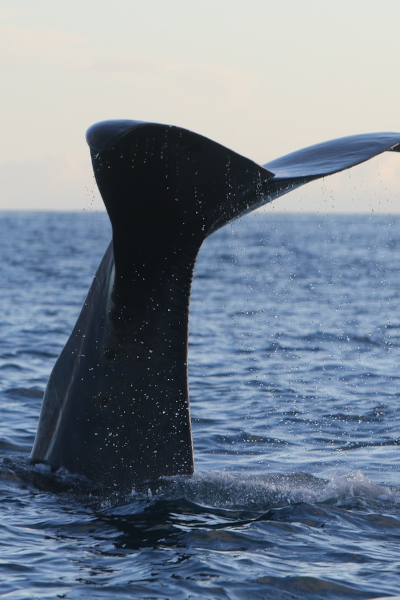
Recent Comments